Instant Download Learn to License Your Photos Full Course by Adam Taylor – Here’s What You’ll Get Inside:
Learn to License Your Photos Full Course by Adam Taylor, Sneak Peek Inside The Course:
Learn to License Your Photos Full Course by Adam Taylor, Watch Our Free Video Sample to Find Out More:
Learn to License Your Photos Full Course by Adam Taylor, Free PDF Preview Available Below:
Overview this course
Learn to License Your Photos (Full Course) by Adam Taylor is a start-to-finish roadmap for photographers who want to turn their images into reliable licensing revenue. Across 57 concise lessons, you’ll move from fundamentals—copyright, terminology, and model/property considerations—to real-world business practices, prospecting, pricing, negotiation, and delivery. The curriculum is deliberately practical: you’ll see what sells, how to find decision-makers, how to pitch, and how to protect your work when it’s misused.
What sets this program apart is its balance of creative guidance and operational systems. You won’t just learn theory; you’ll build a workflow that makes licensing scalable—contact databases, file organization, email templates, invoicing routines, and follow-up cadences. Case studies (including wins and no-sales) show the thinking behind each outcome so you can adapt the same logic to your clients and markets worldwide.
Designed for an international audience, the course speaks in clear, accessible language. Whether you shoot interiors, products, lifestyle, travel, or editorial, you’ll learn how to package your portfolio for brands, agencies, publishers, and vendors—so your photos can earn long after the shoot is done.
Why should you choose this course?
-
Complete path from zero to signed license. Go end-to-end: understand licensing models, identify buyers, pitch with confidence, negotiate usage, deliver files, and collect payment.
-
Business practices used by working pros. Learn the everyday systems that keep revenue flowing: correspondence etiquette, CRM habits, invoice tracking, and gentle follow-up sequences.
-
Content that actually sells. Discover patterns behind images that perform for magazines, Instagram features, and vendor catalogs—so you shoot strategically, not randomly.
-
Prospecting that respects your time. Learn to spot vendors in your photos, find the right stakeholders, and craft cold emails that get replies.
-
Negotiation without guesswork. Get a framework for pricing by usage, market, and term—plus scripts for handling counteroffers and scope creep.
-
Ethical, professional approach to misuse. Understand options when your work is used without permission, including communication best practices and documentation habits.
-
Systems for scale. Build repeatable processes for organizing images, managing leads, delivering files, and reconciling payments—so licensing becomes a steady revenue line, not a one-off.
-
Transparent case studies. Review real negotiations and outcomes—including “no sale” episodes—to sharpen your judgment and improve your win rate.
-
Plug-and-play resources. Use templates for outreach, proposals, and delivery so you can act quickly and consistently.
If you want licensing to be a pillar of your photography business—and not just a lucky break—this course gives you the structure, scripts, and systems to make that happen.
What You’ll Learn
1) Legal and licensing foundations (clear, practical, non-jargon)
-
Copyright basics for photographers: what you own the moment you press the shutter, how usage is different from ownership, and why registrations matter for enforcement in many jurisdictions.
-
Key terms, explained simply: license, exclusivity, duration, territory, distribution channel, attribution, third-party rights, and indemnification at a high level.
-
Royalty-Free vs. Rights-Managed: when each model makes sense, how it affects pricing, and how to avoid undervaluing niche or high-stakes imagery.
-
Registration workflows: how to organize and register bodies of work efficiently so administration doesn’t overwhelm your creative practice.
Educational note: The course shares industry practices for general education. For specific legal questions in your country, consult an appropriate professional.
2) Licensing business practices (how the money actually flows)
-
Where the demand comes from: brand marketing, advertorials, catalogs, social campaigns, packaging, websites, trade shows, and editorial features.
-
Revenue pathways you can mix and match: direct licenses to brands, vendor licenses (fixtures, materials, decor seen in your images), editorial reprints, and social/paid usage upgrades.
-
Handling misuse constructively: step-by-step communication etiquette, documentation, and resolution paths that protect relationships and your IP.
-
Professional boundaries online: social media outreach, public tagging, and DM conduct that invite opportunity without giving away rights.
3) Creating and positioning images that sell (shoot smarter)
-
“Sellable” characteristics: context, clarity of subject, negative space for copy, seasonal relevance, and authentic human presence when appropriate.
-
Editorial vs. platform needs: how a magazine’s layout differs from an Instagram post, and how to compose for both without diluting style.
-
Vendor value mapping: identify brands in the frame—appliances, tile, fixtures, textiles, furniture—and convert them into a list of licensing prospects.
-
Find sellable content you already have:
-
Organization pass: mine your archive with a checklist for licensing potential.
-
Previous commissions: revisit client shoots with updated usage opportunities.
-
On-location mindset: gather variations and detail shots that expand licensing options.
-
-
Editing to boost commercial value: color consistency, clean lines, copy space, and series cohesion to help buyers use your images across media.
-
Leveraging Instagram intentionally: publish sequences that demonstrate compatibility with brand feeds, with captions that invite licensing conversations.
4) Client correspondence (what to say and when)
-
Professional interaction flow: inquiry → discovery → proposal → license → delivery → follow-up.
-
Third-party licensing nuances: negotiating rights when a designer, builder, or publisher is not the original client.
-
Cold email construction: subject lines that earn opens, one-paragraph value propositions, and one clear ask.
-
Finding the decision-maker: marketing roles to search for, how to verify contacts, and polite escalation when you hit a gatekeeper.
-
Negotiating price and scope: align usage with budget, introduce tiers, protect exclusivity, and trade concessions wisely (term, territory, quantity).
-
Social media etiquette for pros: how to comment, tag, or DM without undermining your pricing power.
5) Systems that keep licensing organized (and repeatable)
-
Contact organization: lightweight CRM, tagging by sector (appliances, flooring, decor), and reminders that surface opportunities at the right time.
-
Image organization: consistent file naming, keywords/metadata, color stars, and licensing-ready folders so you can deliver in minutes.
-
Email organization: templates, canned replies, and rules that triage leads and invoices automatically.
-
File delivery: specs, file types, color profiles, and delivery hubs that make clients’ lives easier.
-
Invoicing and payment collection: straightforward documents, PO numbers, net terms, late-fee policies, and reconciliation checklists.
6) Case studies (wins, stumbles, and what to copy)
-
Brand successes: how different companies evaluated value (reach, placement, duration) and why specific offers were accepted.
-
No-sale debriefs: what blocked the deal—timing, budget mismatch, exclusivity concerns—and how to pivot or follow up later.
-
Infringement resolution: documentation, tone, and outcomes that preserved dignity and, in some cases, yielded settlements.
7) Bonus content (resources that speed execution)
-
Templates you can adapt: outreach, proposals, license terms, and delivery checklists that keep tone consistent and professional.
-
Props kit ideas: create small environment upgrades that increase the perceived value—and licensing potential—of each shoot.
-
Creator interviews: perspectives from brand reps, other photographers, and platform leaders to broaden your playbook.
By the end of the course, you’ll be able to…
-
Audit your archive and build a licensing-ready catalog in hours, not weeks.
-
Identify ideal buyers for each image and reach the right person with a clear ask.
-
Quote confidently with usage-based pricing that reflects value.
-
Secure agreements that protect your rights and deliver files cleanly.
-
Track invoices and collect payments without awkwardness.
-
Respond to unauthorized use with calm, documented steps.
-
Grow licensing revenue alongside your client work for more predictable income.
Who Should Take This Course?
-
Working photographers (interiors, architecture, product, food, lifestyle, travel) who want a second income stream from existing images.
-
Freelancers and studio owners ready to professionalize licensing—systems, templates, and repeatable negotiation steps.
-
Content creators and influencers with high-quality visuals who want to license beyond social posts.
-
Designers, stylists, and builders who document projects and want to monetize the imagery to vendors and partners.
-
Editorial and commercial shooters who need clearer boundaries between “portfolio use” and paid usage rights.
-
International photographers seeking a platform-agnostic approach that translates across markets and currencies.
-
Newcomers to licensing who want a step-by-step plan that’s practical, ethical, and easy to maintain.
You’ll especially benefit if any of these sound familiar:
-
“I have a strong portfolio, but I don’t know who to contact or what to say.”
-
“I’m unsure how to price a global social license vs. a print catalog.”
-
“I feel overwhelmed by admin—invoicing, delivery, follow-ups—and want a simple system.”
-
“I keep seeing my work reshared or used—how do I respond professionally?”
-
“I want to license images while I sleep, not only when I’m shooting.”
Conclusion
Learn to License Your Photos (Full Course) gives you more than information; it equips you with a repeatable business engine. You’ll learn the language of licensing, how to find and win clients, how to set fair terms, and how to deliver like a pro—supported by templates, systems, and transparent case studies. The result is a sustainable, ethical way to monetize your images worldwide, without diluting your creative voice.
If you’ve ever wondered how others keep getting their photos into catalogs, ads, and brand feeds—this is the playbook. Build your pipeline, raise your standards, and let your archive work as hard as you do.
Turn your portfolio into predictable licensing income—enroll today and start pitching, pricing, and delivering like a pro.

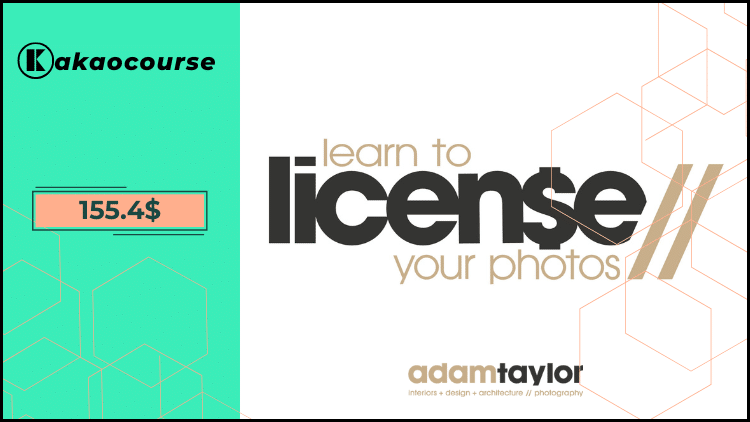

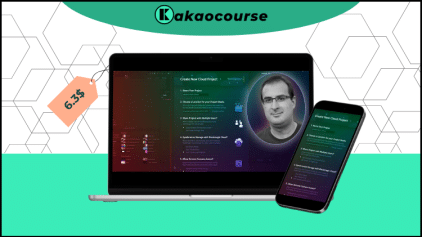
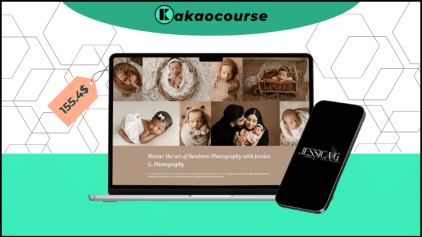

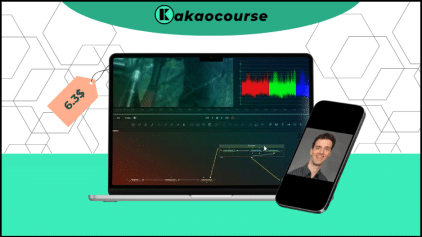
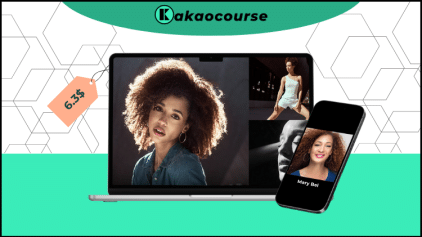
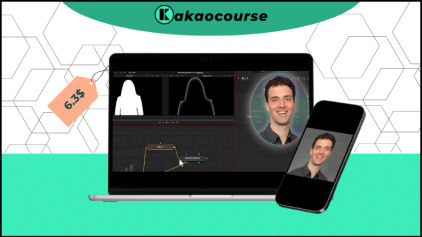
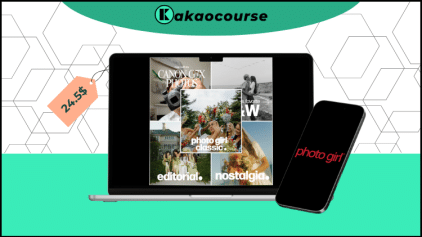

Reviews
There are no reviews yet.